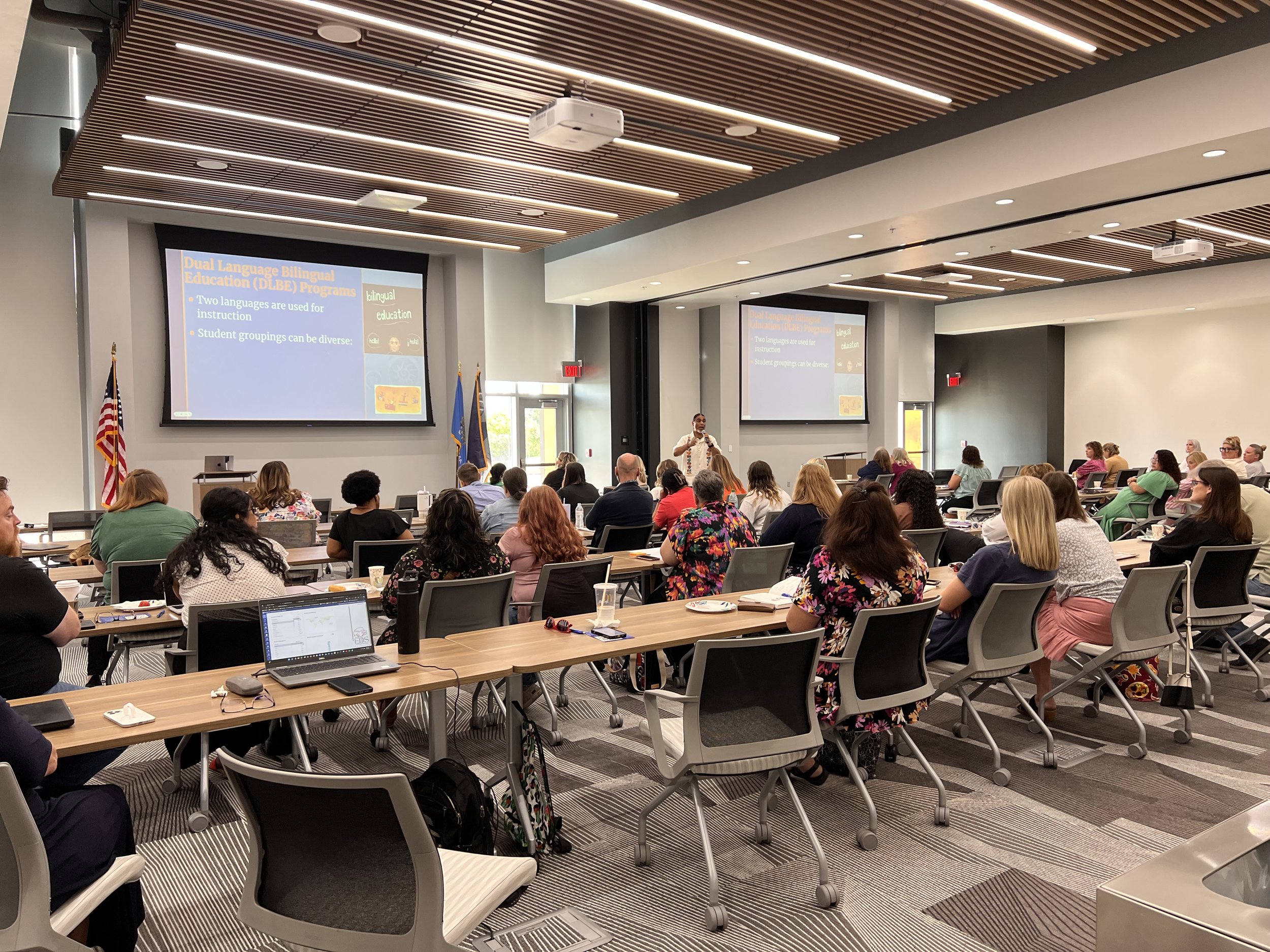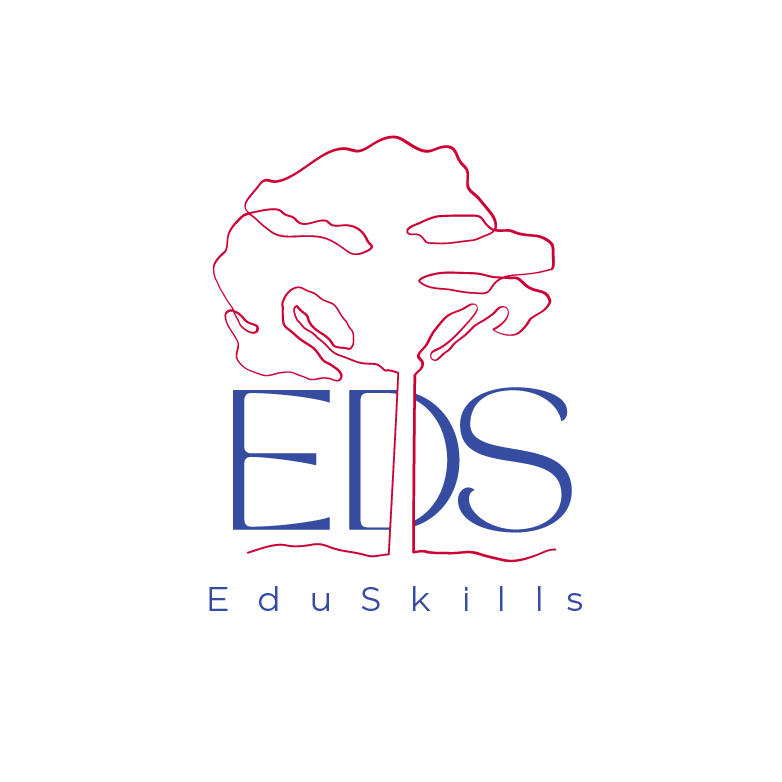

EduSkills 2024 Back to School Conference Recap
EduSkills 2024 Back to School Conference Photo







Interview: Dr. Heath Grimes
Dr. Heath Grimes began his career as a special education teacher and football coach in his hometown in Lawrence County, Alabama. After a few short years of being in the classroom and coaching he moved into administration while remaining in his home district. In 2008, he was elected as Superintendent of Lawrence County Schools at the age of 32. During his time as an school administrator and district superintendent he trained heavily in the area of literacy and literacy leadership. During his second term, and after 6 1⁄2 years as superintendent he accepted a job as Superintendent of Education for Russellville City Schools in Russellville, AL. He soon recognized that Russellville City Schools was at a critical juncture in their history.
Read more about Dr. Grimes’ advocacy of ELLs in Russellville City School District here in Education Week.

Ensuring Successful and Inclusive Classrooms through Cultural Proficiency
In today's culturally and linguistically diverse school districts, fostering inclusivity and celebrating cultural diversity are essential components of effective leading, teaching, and learning. Anchored in Lindsey & Lindsey's (2016) Conceptual Framework for Culturally Proficient Practices, the Integrated Cultural Language and Proficiency Framework (ICLPF), generated from the findings in my dissertation research (Forbes, 2023), serves as a lens for educators and leaders striving to create welcoming and culturally responsive school and district environments.

Unpacking Communication Bias in the Classroom
If you work in education, you likely don’t need to be told that linguistic diversity has been steadily on the rise in schools across the U.S. Though the United States is one of five countries in the world that has abstained from declaring an official language, English has been, and remains, the de facto for most American schools, businesses, government and about 78% of households in the U.S. Those of you with quick math have already deduced that leaves around 22% of U.S. households speaking a non-English language at home and roughly 21% of children across the country. One study goes so far as to estimate that by 2030, upward of 40% of school children (in the U.S.) will speak English as a second language.

Supporting ELLs Who Lack an Active Guardian
According to the U.S. Customs and Border Protection (CBP), there were 13,513 encounters of unaccompanied minors in December 2023 and 8,571 in January 2024. As unaccompanied minors continue to enter the United States, it is important to recognize that many of them ultimately have a guardian who has little to no involvement in their new lives here in the U.S. High school educators of English learners are well familiar with this fact.

Strengthening Multilingual Access for All
Did you know that Multilingual/English learner (ML/EL) students make up nine to 10 percent (9%-10%) of all public school students? That means nearly three out of every four public schools are bilingual/multilingual schools! How amazing! Therefore, it's crucial that we, as educators and leaders, ensure all of our students can participate fully and equally in educational programs, as mandated by Title VI of the Civil Rights Act of 1964 and the Equal Educational Opportunities Act of 1974.

Cultivating Connections: The Heart of Culturally Responsive Family Engagement
Academic years 2022-2024 have seen a rapid influx of new-to-English learners- and according to national data and the most recent Presidential Determination for Refugee Intake, that trend is almost certain to continue through the next handful of years. (UNCHR, 2024. Presidential Determination, 2024. US Dept of State, 2024)
Collectively, we’re busy meeting the needs of our newest multilingual students in various ways. Many districts have renewed their commitment to impactful ML instruction and equity, bolstering professional development efforts, curriculum, and data-storage platforms to support these moves.

5 AI Translation Tools to Support Multilingual Success
Academic years 2022-2024 have seen a rapid influx of new-to-English learners- and according to national data and the most recent Presidential Determination for Refugee Intake, that trend is almost certain to continue through the next handful of years. (UNCHR, 2024. Presidential Determination, 2024. US Dept of State, 2024)
Collectively, we’re busy meeting the needs of our newest multilingual students in various ways. Many districts have renewed their commitment to impactful ML instruction and equity, bolstering professional development efforts, curriculum, and data-storage platforms to support these moves.

Engaging Families & Guardians
Research has consistently shown a correlation between student success and the amount of support that they receive at home. For multilingual English learners (ELs), this is especially true.
As educators, our role is to ensure the highest quality of support for our ELs. This, in part, requires a commitment to programs, resources, and staffing specifically tailored to connecting with guardians. The following can be considered as a guideline for your district.

Embracing Multilingual Education: A Journey of Personal and Professional Growth
As I embarked on my teaching career in 2007, I never envisioned myself as an educator. I had thought I was going to be a dancing, bilingual veterinarian! Nevertheless, I soon learned I would be living a different path. Having a Bachelor’s degree in Spanish and a background in performance all over the world and on the Royal Caribbean Cruise Line (RCCL), I stumbled into substitute teaching Spanish at a middle school. Little did I know, this experience would ignite a passion for education within me, ultimately, changing my life and professional trajectory.

AI, Language Learning, and Language Access
One of the first films to come out that included some type of artificial intelligence (AI) was 2001: A Space Odyssey. In that film, the sentient supercomputer HAL is cast as the villain, killing everyone on a mission in space except the protagonist. The film came out in 1968. Fast forward to 1984, and the film The Terminator is released. In this film franchise, we see again that AI, Skynet, is the villain. Most movies or television series I’ve seen, where some type of AI is involved, except for maybe Person of Interest, have AI cast as the villain.


